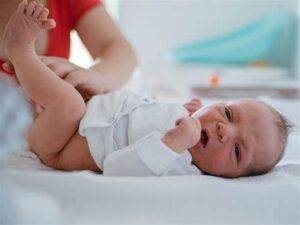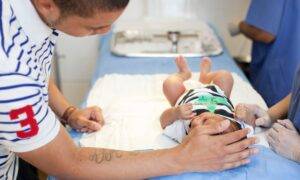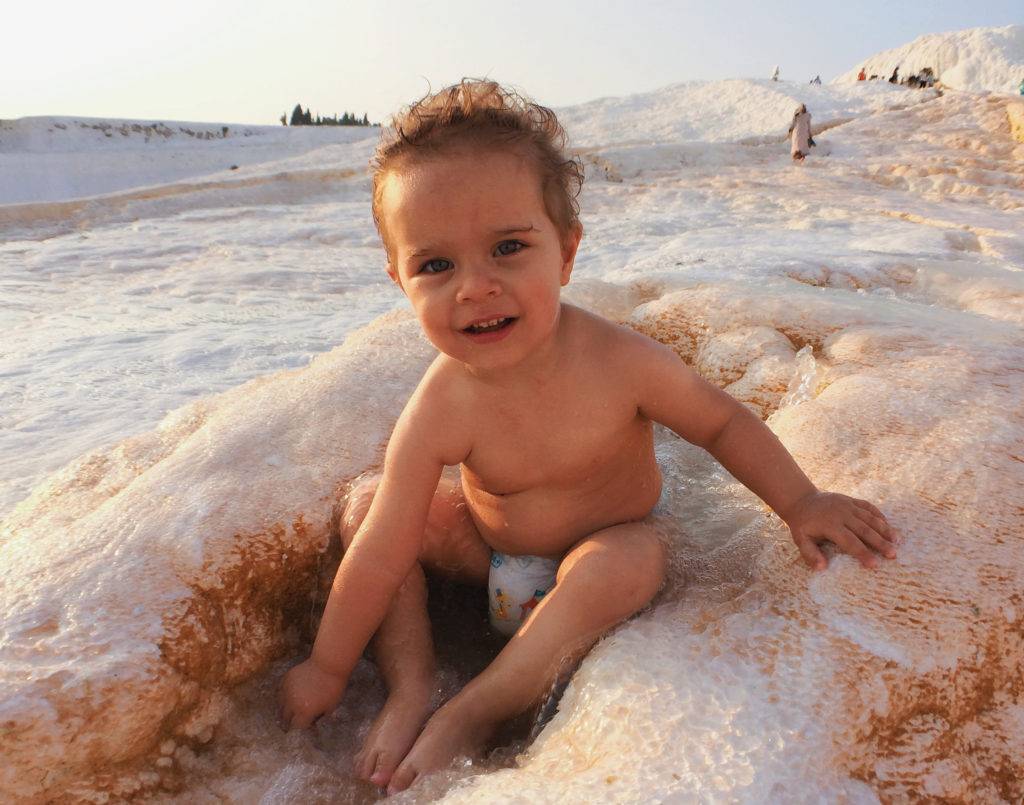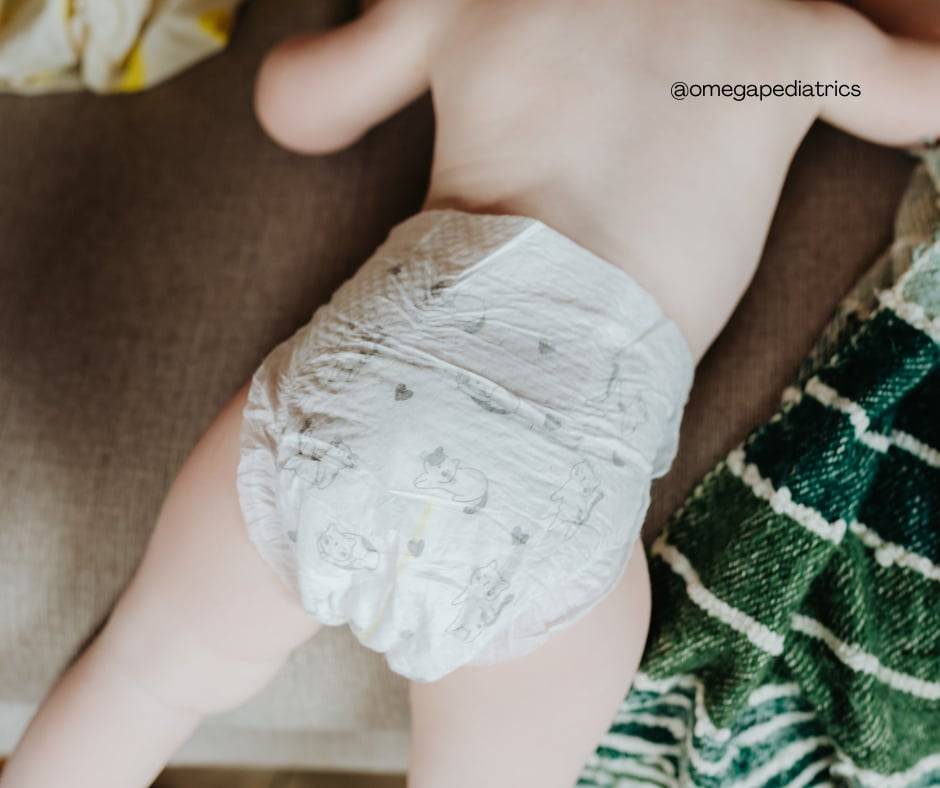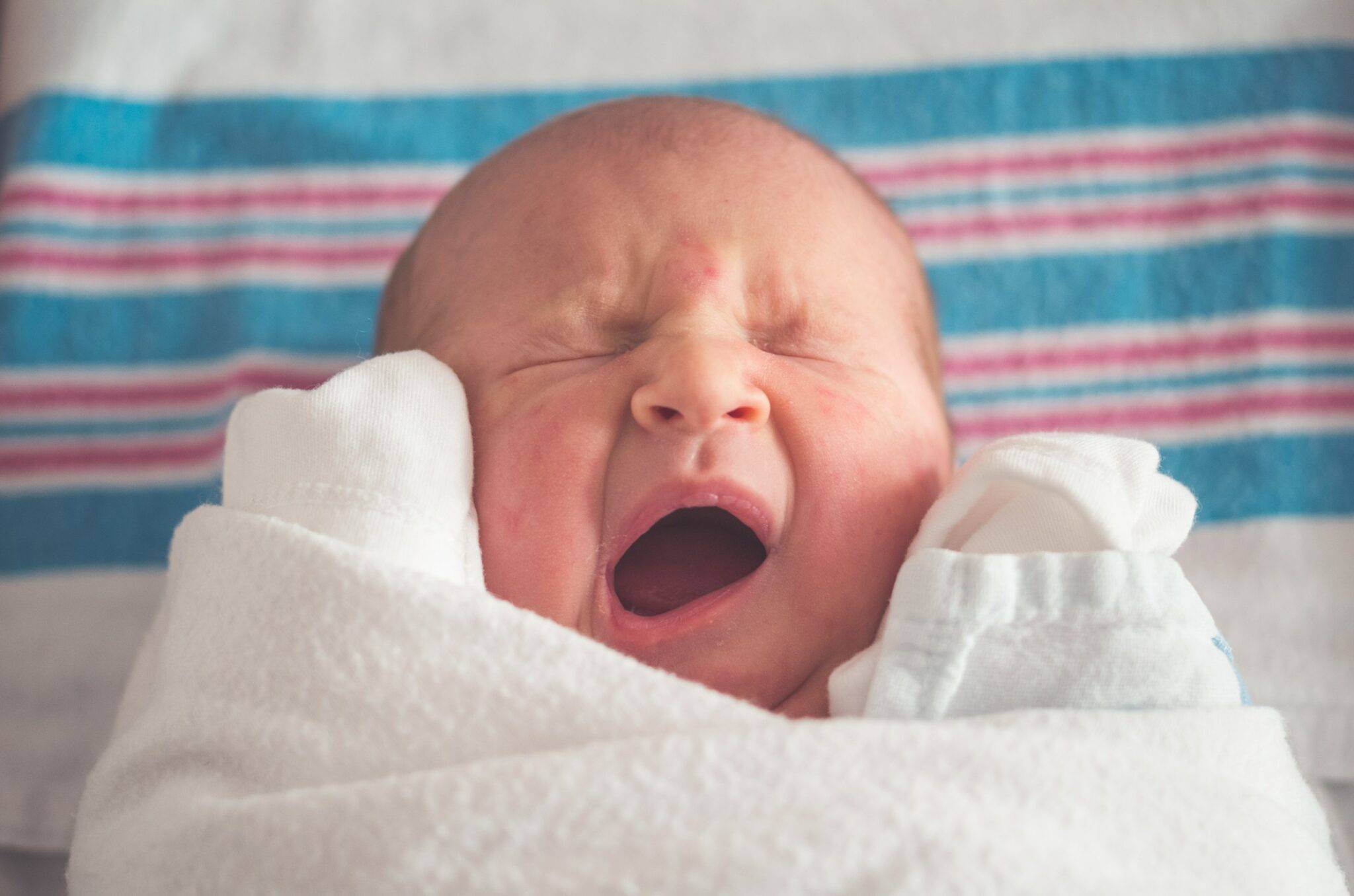The arrival of a precious newborn is a moment of pure happiness for every family. To honor their cultural background or religious customs, many parents choose circumcision for their baby sons.
Although this procedure is widely practiced, parents should grasp the essential steps involved in caring for their little one after circumcision. This post-procedural care not only guarantees the baby’s well-being but also fosters an optimal healing process.
In this informative piece, we aim to present advice and techniques for inexperienced parents as they navigate the process of tending to their newborn’s needs.
1. Understanding Post-Circumcision Care
This surgical operation entails the elimination of the foreskin from the male genitals. Various cultures and religions follow this practice due to cultural norms, religious beliefs, cleanliness concerns, or medical justifications.
To ensure adequate healing and minimize any possible complications, it’s imperative to adhere to appropriate after-care guidelines following the procedure.
During the healing process, you might notice a yellowish crust forming around the incision site. This shouldn’t be forcibly removed since it’s part of the normal healing process. It will gradually deteriorate and come off by itself.
The healing process, typically running from seven to ten days after the surgery, must be closely watched, even though problems are uncommon. Applying a cold compress to the area briefly helps ease pain and reduce swelling.
2. Care for the Incision
Your newborn son will have a wrap-around dressing on his penis. This dressing may fall off on its own after surgery, which should not be a major concern.
To remove the initial dressing, allow your baby to sit in the bath for ten minutes, then unravel the bandage completely. When the bandage is off, expose the penis to air dry and apply Vaseline or Bacitracin ointment.
Apply ointment to the penis during each diaper change or multiple times a day. By doing so, this helps to prevent the dry edges of the incision from sticking to the diaper.
It’s normal to expect some oozing and bruising at the incision. You may apply gentle pressure with a tissue to mitigate the oozing. Nevertheless, if there’s heavy bleeding, call your healthcare provider at Omega Pediatrics.
3. Keep the Area Clean
Thoroughly clean your hands before touching the region of the surgery. To mitigate infections, cleanliness is essential.
You can clean the incision site with warm water and a soft towel or cotton ball while taking a bath. Baby wipes, hydrogen peroxide- or alcohol-based products, lotions, or ointments should not be used since they can cause further irritation and slow healing.
Ensure there are no residues, such as feces or urine, left behind by gently washing the penile area in warm water with light soap. Use a sterile gauze pad or a soft, clean cloth or towel to gently pat the area dry, or let it air dry.
Keep the diaper area clean and dry to avoid irritation. Change diapers frequently, at least every two to three hours. Carefully pat it dry and make sure it’s entirely dry before putting on a new diaper. Healthcare providers recommend using a diaper rash cream.
4. Apply Petroleum Jelly
A commonly recommended method of care is the application of petroleum jelly. It’s an over-the-counter product that has various uses, such as lubricant and skin protectant. When it comes to post-infant circumcision care, petroleum jelly offers several benefits.
- First, petroleum jelly helps keep the area moisturized. This is important since the delicate skin around the penis easily becomes dry and prone to irritation during the healing process.
By providing a barrier against moisture loss, petroleum jelly promotes a healthy healing environment and reduces the risk of discomfort or complications.
- Secondly, petroleum jelly acts as a protective barrier. It forms a thin layer over the surgical site, shielding it from friction and contact with clothing or diapers.
The petroleum jelly, as a protective barrier, minimizes the risk of irritation and infection, allowing the wound to heal undisturbed. To apply, Omega Pediatrics recommends following proper hygiene practices.
Before touching the affected area, thoroughly wash your hands in warm water and soap. Care not to rub or irritate the wound as you gently wipe the area dry with a fresh towel.
Using a clean cotton swab or your fingers, apply a thin layer of petroleum jelly to the entire incision site. Be careful not to use too much, as excess jelly can create a moist environment that may hinder healing.
The petroleum jelly should be reapplied after each diaper change or whenever it appears to be wearing off. Before any reapplication of any ointments or dressings, ensure the skin surface is completely dry.
5. Choose Loose-Fitting Diapers
Opt for loose-fitting diapers during the healing period to prevent unnecessary friction. Tight diapers can rub against the penis, causing skin irritation and discomfort and hindering the healing process. This raises the possibility of infection.
Consider using a diaper size larger than usual to provide extra space and minimize contact with the surgical site. Additionally, avoid using plastic pants or tight-fitting clothing that may restrict airflow and increase moisture in the area.
When changing diapers, be in the open air if possible. This promotes airflow and can aid in drying the area.
6. Monitor for Signs of Infection
Keeping an eye out for infection is essential in recovery care. Although not often, infections can happen and call for urgent medical care. Parents can properly check for signs of infection with the help of the following advice and techniques:
Keep the incision site dry and clean. Right after the surgery, the doctor will apply petroleum jelly or antibiotic ointment and wrap the region in a sterile gauze dressing. Follow the doctor’s advice on how to clean the area and change the initial dressing.
While inspecting the circumcision site, watch out for signs of infection. These are:
- escalating redness or swelling around the area;
- persistent or heavy bleeding
- oozing or redness along the incision
- foul odor
- pus or discharge
- edema
- fever above 100.4°F (38°C).
If any of these symptoms appear, reach out to your pediatrician immediately. They’ll be able to assess the circumstances and offer pertinent medical guidance. Minimize unnecessary contact with the affected area to prevent infections.
7. Provide Comfort Measures
Babies may experience discomfort or pain after the surgery. To help alleviate the situation, consider the following comfort measures:
Pain Relief Medication
Ask your pediatrician about the best pain management alternatives for your child. Ibuprofen or acetaminophen may be advised in some circumstances, but always adhere to the recommended dosage.
Additionally, children’s Tylenol or Tylenol with codeine elixir can help ease the pain.
Soothing Baths
Warm baths can provide relief for your baby but avoid very warm water. Fill a baby tub with warm water and allow your little one to soak for a short time, helping soothe any irritation or discomfort.
Extra Cuddles
Holding and comforting your baby can do wonders. Physical contact, gentle rocking, and soothing words can distract your baby from any discomfort they may be experiencing.
8. Avoid Certain Activities
During the healing process, it’s important to avoid activities that may interfere with the recovery or cause harm to the surgical site. Some activities to avoid include:
Unnecessary Contact on the Circumcision Site
Avoid direct contact with or rubbing the circumcision site. Refrain from touching or wiping the area unless instructed to do so by a healthcare professional. Also, clothes and diapers should be loose to avoid friction and unwanted pressure on the site.
Immersion in Water
Avoid fully immersing the baby in water, like in a bathtub, swimming pool, or even a baby pail. Prolonged contact with water may weaken the scab that develops over the circumcision site, delaying healing or promoting infection.
Stick to sponge baths during the recovery period to keep the baby clean without immersing them in water. Especially for newborns, delay full-body bathing until the umbilical cord has fallen off, or about two weeks.
Your pediatrician will give you the green light to resume regular bathing routines.
Vigorous Physical Activities
Engaging in vigorous physical activities, such as rough play or sports, should be avoided until the circumcision site has fully healed. These activities can put excessive strain on the area, potentially reopening the wound or causing injury.
Consult with a healthcare professional to know when it’s safe for the baby to resume normal physical activities.
Taking Aspirin or Other Blood-Thinning Medications
These medications have anti-clotting elements; hence, this may increase the bleeding of the wound.
9. Follow Up with Your Healthcare Provider
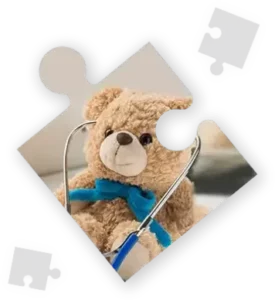
A follow-up appointment with your healthcare provider is essential to monitor the patient’s recovery after circumcision. The doctor will examine the circumcision site to ensure that it’s healing properly and address any concerns that may arise.
The doctor will analyze the baby’s general well-being, the condition of the penis, and any indications of infection, if there are any. Take this opportunity to raise any questions you may have about the healing process.
During the follow-up visit, your healthcare provider may also discuss additional care instructions for the coming weeks. They will advise on when it’s safe to bathe the baby when to resume regular diapering practices, and when to expect complete healing.
Nonetheless, every baby is unique, and the healing process may also vary. Promote a smooth recovery for your little one by following your doctor’s guidance. Open communication with your healthcare provider is the key.
Your Baby Needs You as He Recovers from Circumcision
Post-circumcision care plays a vital role in ensuring your baby’s comfort and promoting proper healing. By understanding the basics of post-circumcision care and implementing the tips and tricks, you can navigate this crucial phase with confidence.
The recovery period is the most important phase of the circumcision process. From this perspective, we at Omega Pediatrics strongly recommend adhering to the step-by-step guide on post-circumcision care.
Omega Pediatrics is with you as we navigate your baby’s journey to recover from circumcision successfully.

